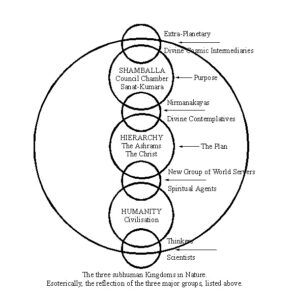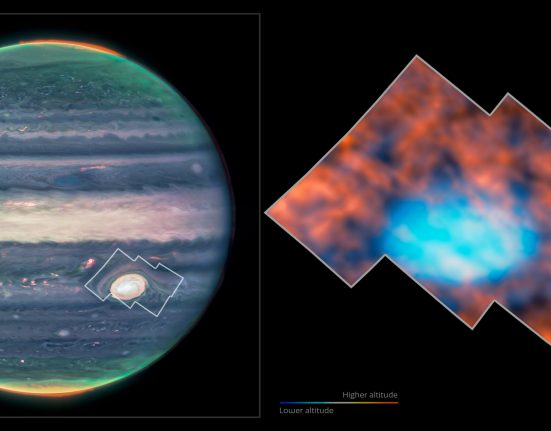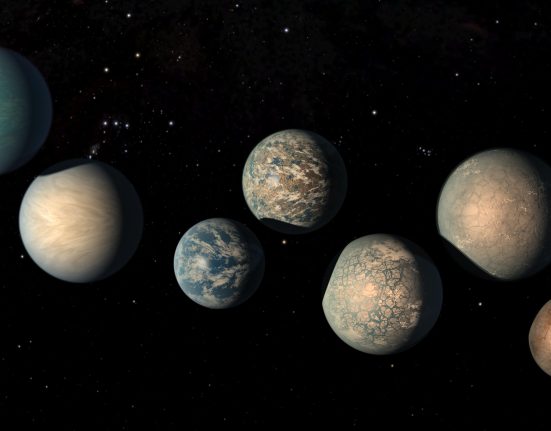In last month's article we looked at some of the many star clusters in Centaurus. This month, while the giant southern constellation is still high in the sky, we'll look for more of its wonders, including two of the masterpieces of the celestial sphere: the globular star cluster Omega Centauri and the galaxy Centauri A (NGC 5128).
Two clusters and a star
Let's begin our journey at Alnair (ζ Centauri), a magnitude 2.6 binary star system located near Centauri's eastern border with Norma. (Be careful not to confuse this Alnair with the other Alnair, Alpha Gruis, in the Grus constellation.) From here, turn your telescope about 2¼° east-southeast to find the first of our targets, the open cluster. NGC 5460. Located about 2,300 light-years away, this cluster has a combined magnitude of 5.6 and is about 23 arcminutes in diameter. Its central portion has more than 90 member stars, while the cluster as a whole could have close to 300.

Fernando Menezes / Science and technology online photo gallery
NGC 5460 was discovered by Scottish astronomer James Dunlop in 1826, while he was observing from Sydney. He described it as “. . . a curiously curved line of small stars, of almost equal magnitudes; two seventh magnitude stars to the east. . .” John Herschel, noting the central curve of the stars as well as their overall dispersed nature, opined that it is “a region of large bright stars of 8, 9. . . etc magnitude; a very coarse cluster.”
In my opinion, NGC 5460 is a sparse but glorious collection of mainly white stars, featuring a particularly prominent curve of six stars along with other triangular and trapezoidal groupings. Expect to spot perhaps a dozen or two with openings of at least 6 inches, including some attractive red stars in the field.
To reach our next objective, return to Alnair and head south/southeast towards Eta Centauri. At about 4¼ degrees along this line, you'll come to a beautiful pair of side-by-side celestial objects, the star Maria Centauri and the globular cluster NGC 5286.

Fernando Menezes / Science and technology online photo gallery
M Centauri is a spectroscopic binary about 260 light years from Earth whose main component is a beautiful magnitude 4.6 giant with a yellow (some say orange) hue. Located apparently right next door, but in reality much further away (about 35,000 light years) is the magnitude 7.4 globular.
Visually, NGC 5286 appears quite small and condensed, and it takes 4 inches or more to begin resolving some of its stars. It is a very old cluster (some studies suggest an age of 12.5 billion years) and is believed to be one of the remaining portions (along with seven other globulars) of a dwarf galaxy that merged with the Milky Way at least 8 billion ago. of years.
Omega Centaur
Our next target is also a globular that is believed to be part of the remains of a dwarf galaxy. Slightly closer than NGC 5286 (about 16,000 light-years away), it is easy to find 4½° southwest of Alnair; You can even spot it with the naked eye in reasonably dark conditions. This target is the powerful globular star cluster. Omega Centaur (NGC 5139).

ESO/INAF-VST/OmegaCAM; Acknowledgments: A. Grado, L. Limatola / INAF-Capodimonte Observatory
I say powerful, but in fact most people agree that it is the most powerful of all of them, and for good reason: it is the largest, most massive and brightest of the globulars in the Milky Way. Taking those three attributes in order, Omega Cen is about 150 light years across, contains about 10 million stars, and has an apparent magnitude of 3.9. John Herschel wrote that Omega Cen is “. . . Beyond all comparison, the largest and richest object of its kind in the heavens. The stars are literally countless. . .”
Decades ago, when I still had my sharp teenage eyesight and better-than-average suburban skies, it was one of the first deep-sky objects I identified without optical aid. If you ever get a chance to see it under a dark sky and with dark-adapted eyes, you'll find that it spans almost the same apparent diameter as the full Moon. Awesome!

Binoculars reveal Omega Cen to be a dense, unresolved globe reminiscent of a comet, but even a small telescope will begin to resolve its stars. An 8-inch telescope will show stars across the entire diameter of the cluster.
Centaur A (NGC 5128)
For the final stop on this month's tour, head 4¼° northeast of Omega Centauri to land in the galaxy. NGC 5128. At magnitude 6.8, NGC 5128 is the fifth brightest galaxy in the sky and is easily detected with binoculars as a fuzzy glow. A small telescope reveals its true nature and its most unique feature: a huge, dark strip of dust dividing the galaxy.

Luigi Morrón / Science and technology online photo gallery
Since its discovery by Dunlop, NGC 5128 has been well studied, with John Herschel describing it as “a wonderful object; a very bright nebula; very big; little elongated, very gradually much brighter in the middle. . .” The famous southern observer EJ Hartung wrote that it is a “bright, round luminous haze about 5 arcminutes wide, crossed by a clean dark bar about 1 arcsecond wide. . . Even a 3-inch screen clearly shows this object.” In fact, the dark lane really stands out when viewed visually with a 4-inch scope, while a 6-inch aperture begins to reveal the width and uneven edges of the lane.
You will usually find this galaxy called Centaurus A, the designation for the galaxy's radio emissions. But should the main name of the galaxy be NGC 5128 or Centaurus A? There is a school of thought that maintains that Centauri A should be used to refer only to the radio emission region, while the visible galaxy should be called NGC 5128. But for many years, it has been widespread practice to refer to the galaxy in all its emissions. as Centauro A.
That's all for Centauro for now. Next month we will move on to another constellation and continue our tour of the many splendid celestial sights found in the southern sky.













Leave feedback about this